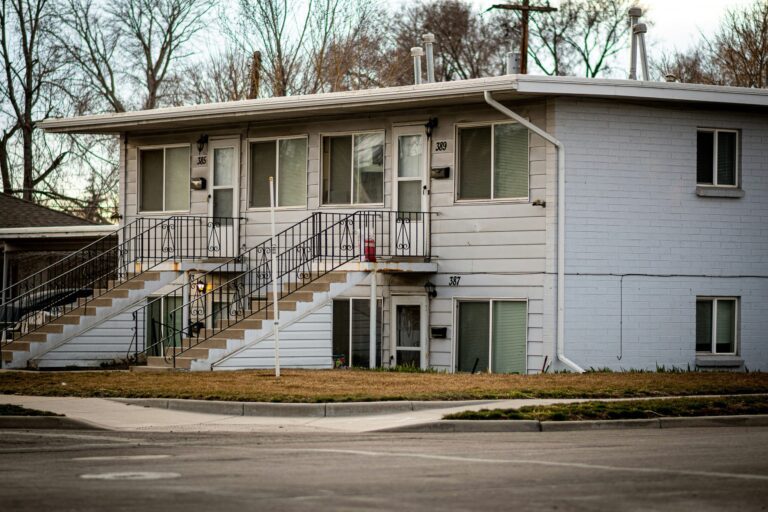As families increasingly seek living arrangements that accommodate the evolving needs of multiple generations, the demand for multi-generational housing is on the rise. A report released on April 1, 2024, by the National Association of Home Builders (NAHB) highlighted this growing trend, revealing that more families are opting for homes that allow them to live together while maintaining privacy and independence. This shift is driven by a combination of factors, including the aging population, economic challenges, and the desire for stronger family connections.
The concept of multi-generational living is not new, but it has gained significant traction in recent years. With the aging Baby Boomer generation and financial pressures faced by younger families, many are looking for housing solutions that can accommodate aging parents, adult children, and other relatives. The multi-generational housing model offers a flexible living arrangement that supports the needs of all family members, while also fostering a sense of closeness and interdependence.
One of the key moments in this trend has been the rise in new home developments designed specifically for multi-generational living. These homes often feature separate living areas, kitchens, and bathrooms, allowing family members to maintain their independence while still living under one roof. This design allows for the necessary privacy while promoting shared spaces for socializing and family activities. Such layouts are especially popular with families who want to provide care for elderly parents or adult children who are struggling with financial independence.
The benefits of multi-generational living extend beyond practical considerations. For aging parents, living with their adult children can provide a sense of security and companionship, while also easing the burden of caregiving. For younger generations, living with family can help alleviate financial strain, as they may be able to share expenses or care for younger children or elderly relatives. The trend has also been boosted by societal changes, including an increased emphasis on family support systems and the desire to spend more time together.
As the demand for multi-generational homes continues to grow, developers, homebuilders, and architects are adapting their designs to meet these needs. Many new homes are incorporating flexible floor plans, with separate entrances, in-law suites, or connected living spaces that can be customized to suit the needs of different family members. This design approach allows for greater autonomy for each generation while maintaining the ability to stay connected as a family.
Looking ahead, the lasting effect of this trend is expected to reshape the housing market. Developers will likely continue to focus on building homes that cater to multi-generational living, and cities and municipalities may incorporate these types of homes into their urban planning strategies. This could lead to the creation of neighborhoods that foster closer family ties, while also addressing some of the economic challenges faced by younger and older generations alike.
Ultimately, the rise of multi-generational housing is a response to the evolving dynamics of family life. As families face increased financial pressures, an aging population, and changing societal expectations, multi-generational homes provide a practical and flexible solution that meets the needs of all generations. As this trend grows, it has the potential to reshape not only the housing market but also the way families live and support each other in the years to come.
